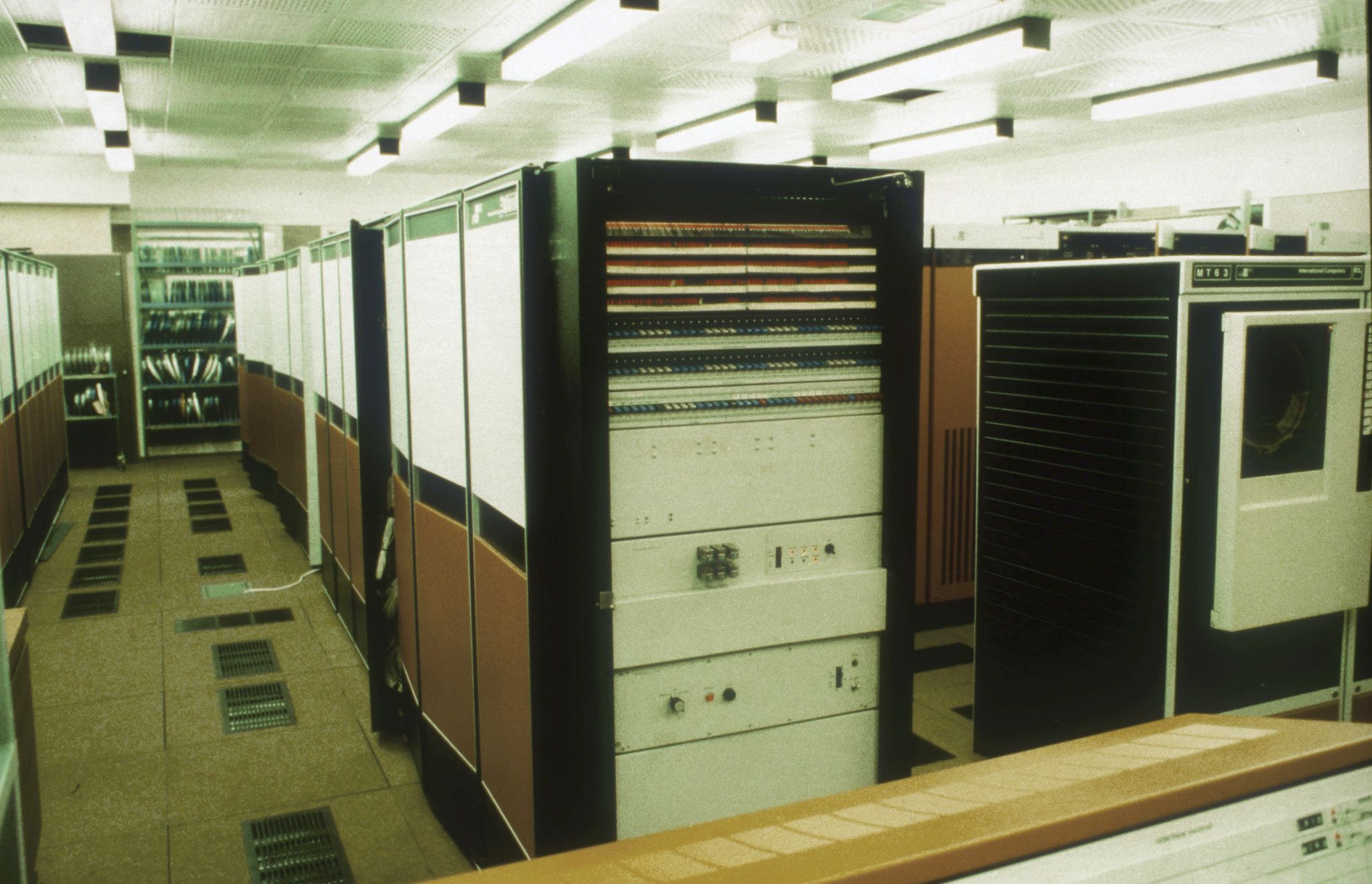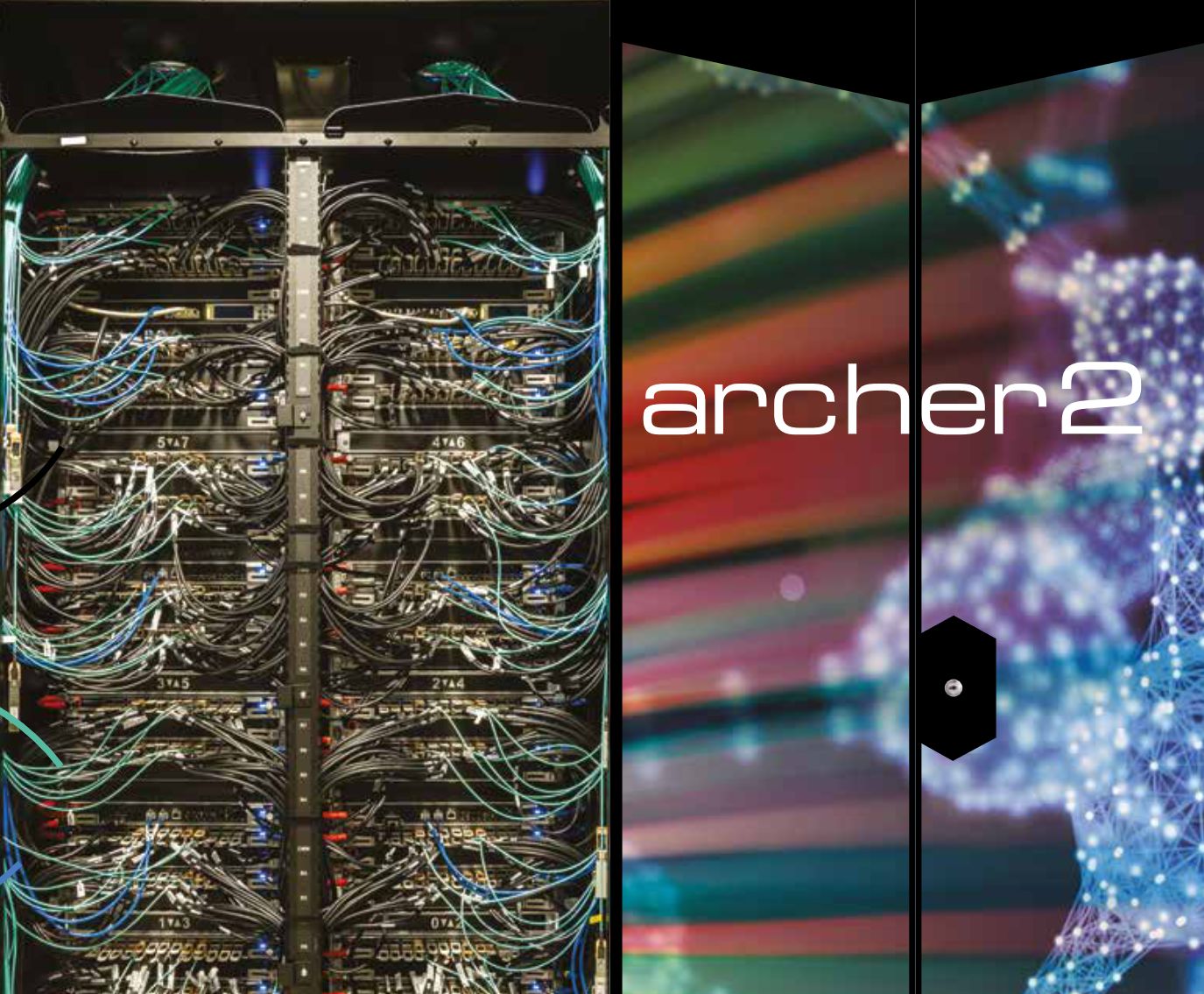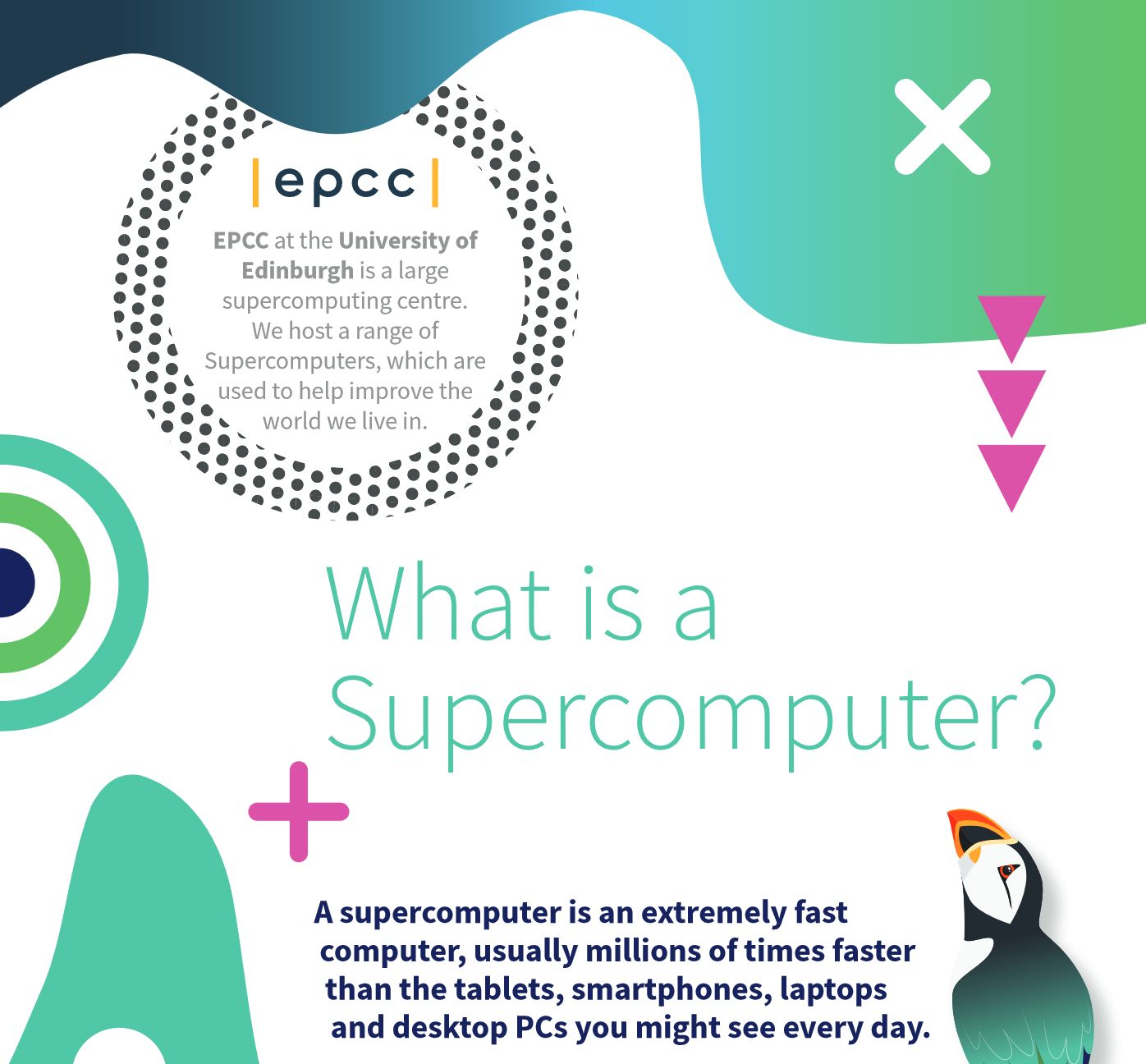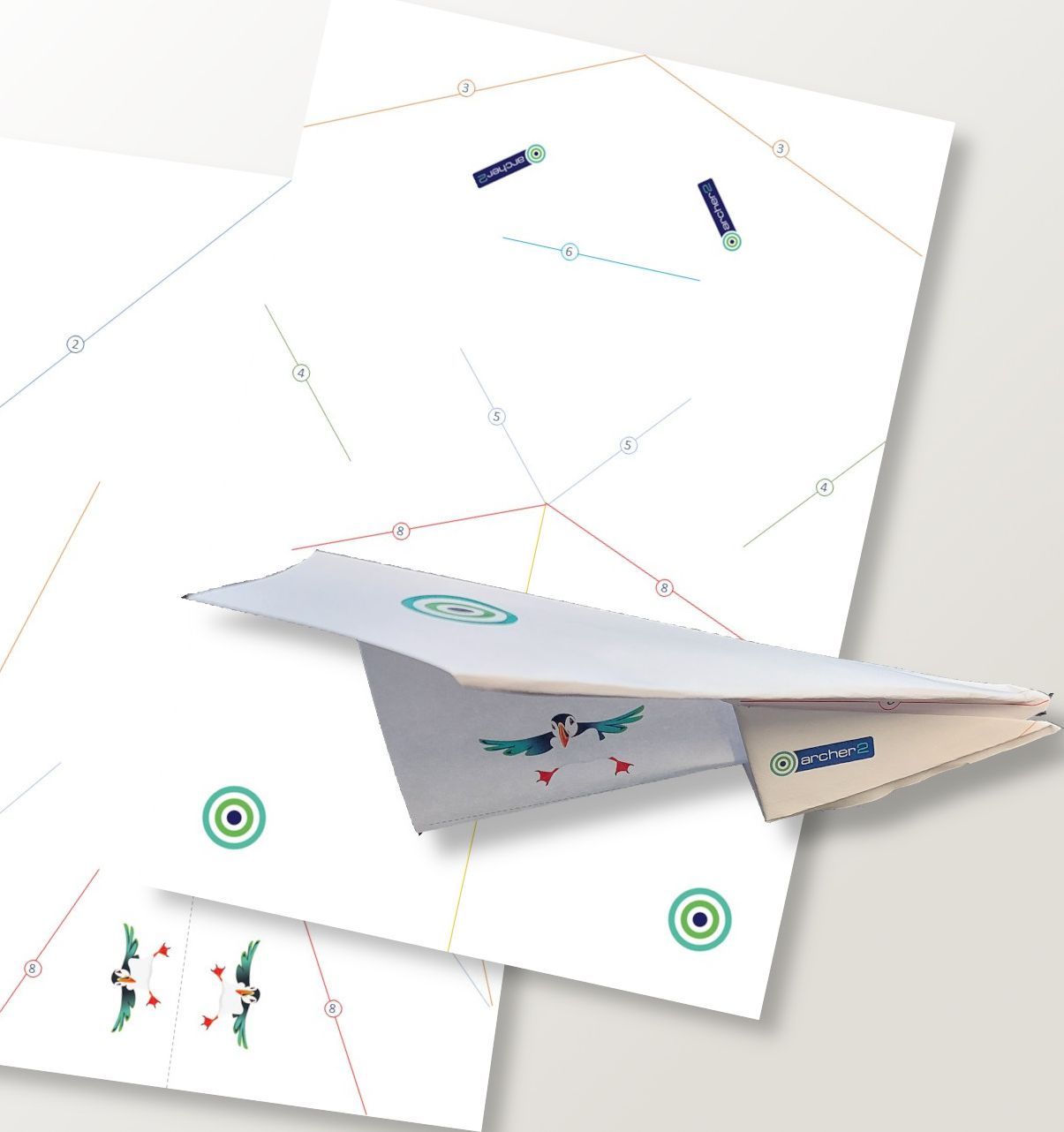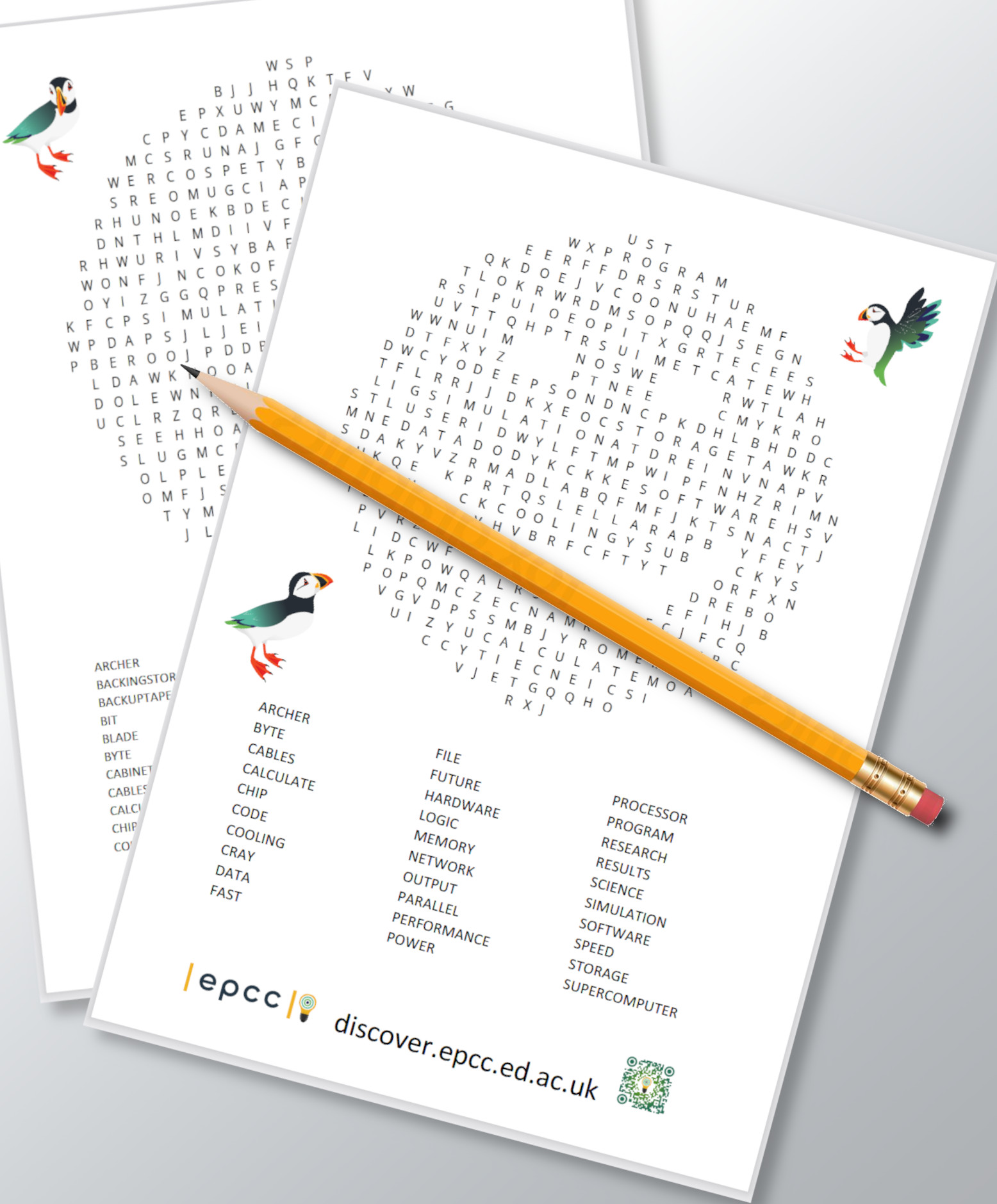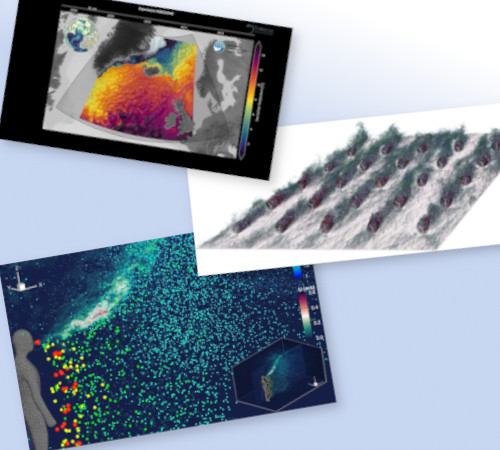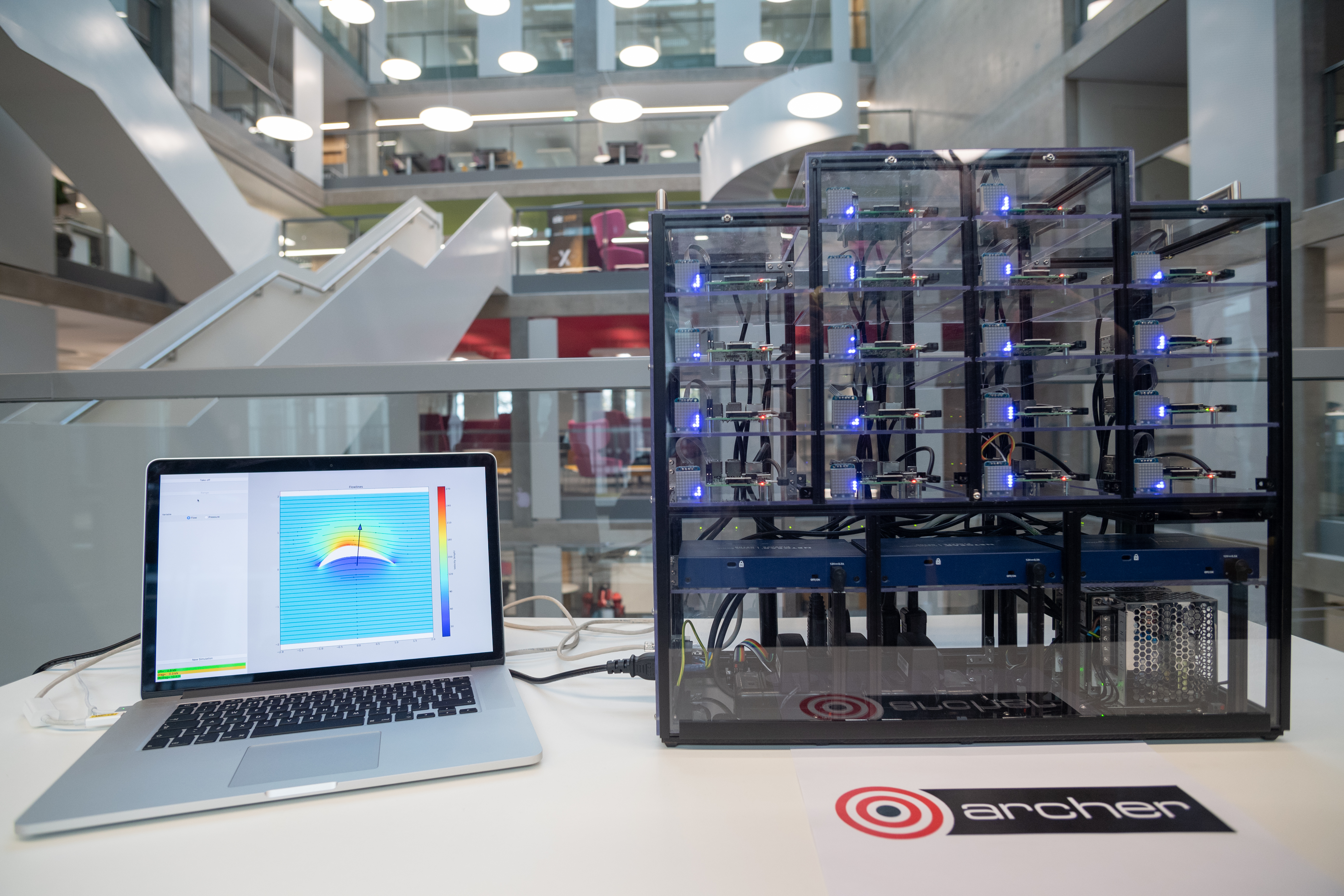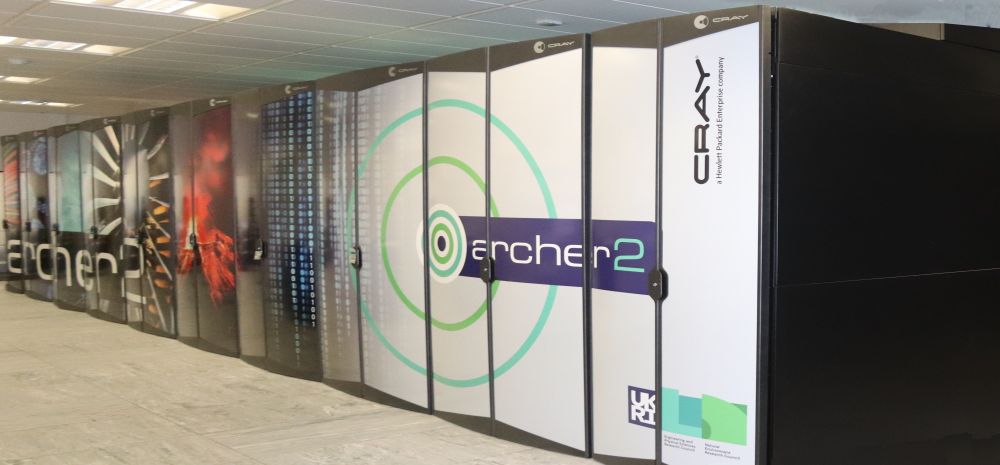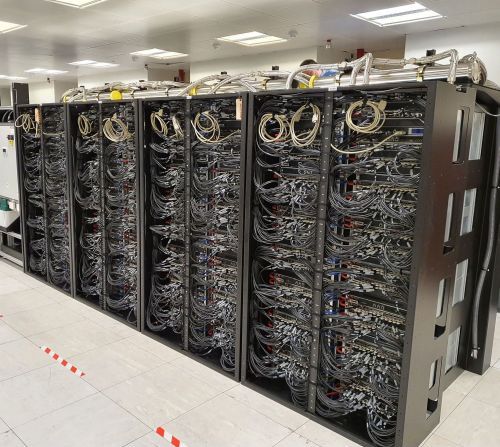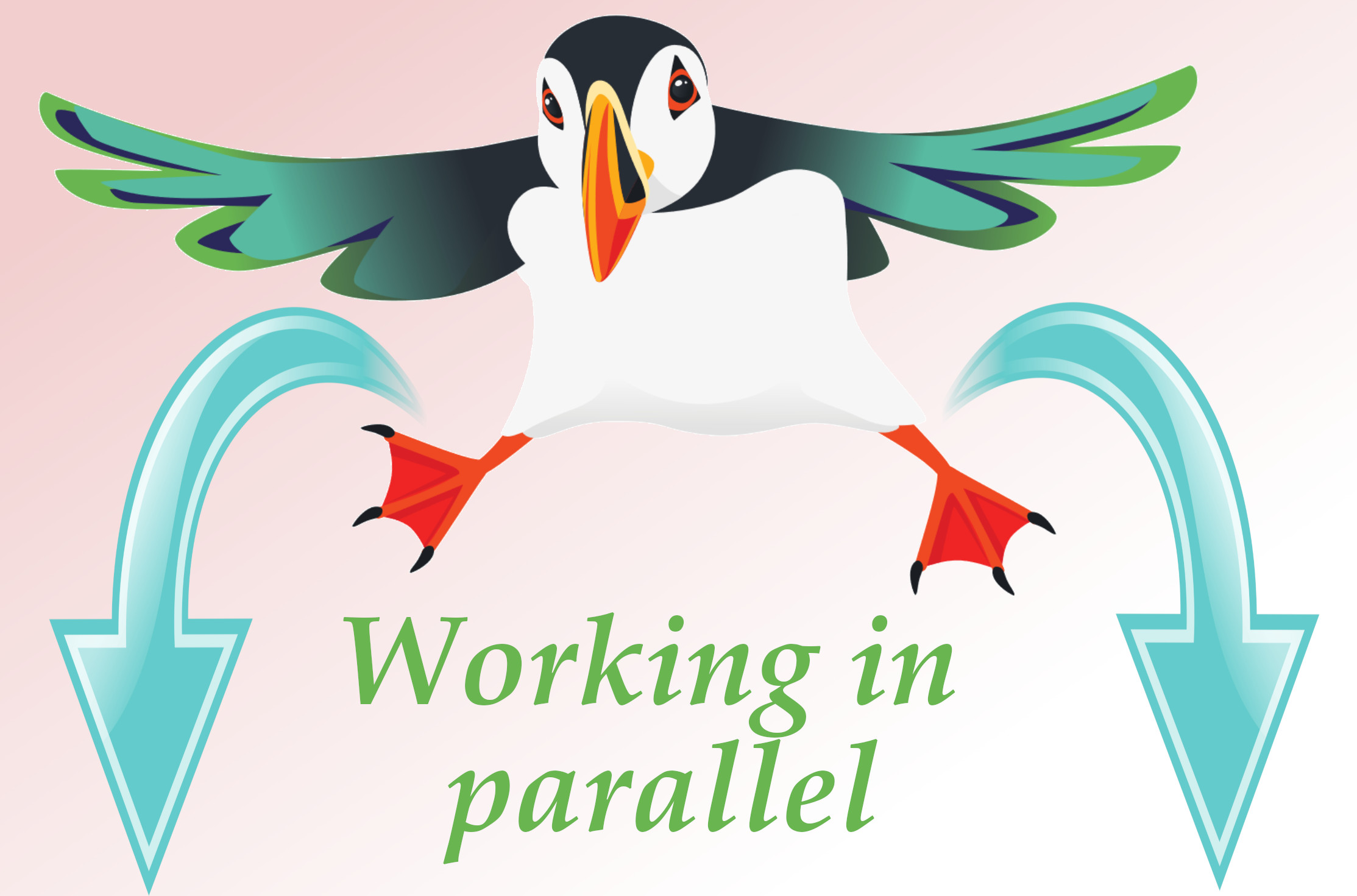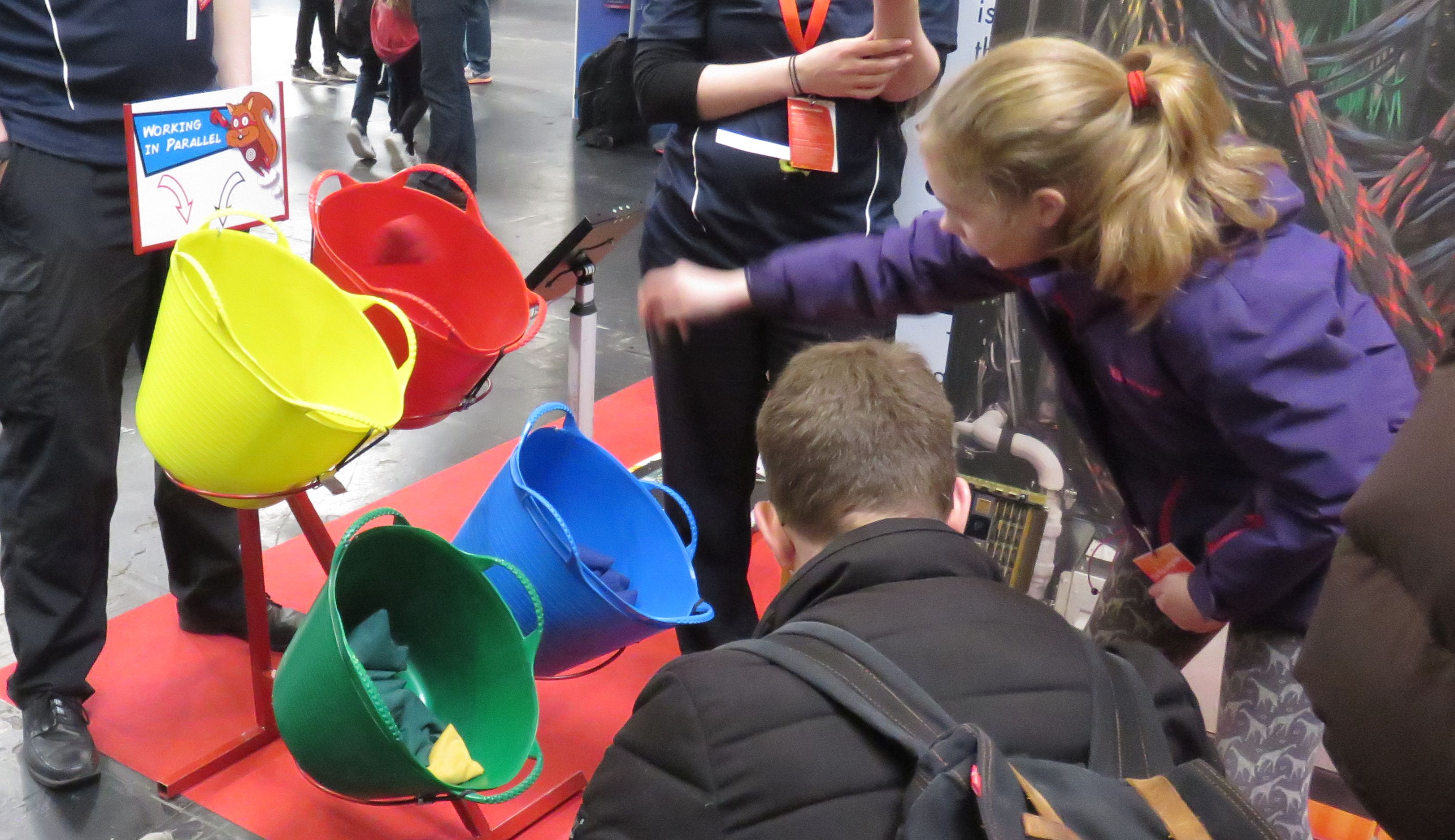Virtual Tour
ARCHER2, the UK’s National Supercomputing Service, stands as a world-class advanced computing resource for UK researchers. Powered by the HPE Cray EX supercomputing system, ARCHER2 boasts an estimated peak performance of 28 Pflop/s. With 5,848 nodes, each housing dual AMD EPYCTM 7742 64-core processors clocked...
Read more...
History of Machines
This virtual museum showcases nearly 40 years of supercomputers at EPCC, which hosts and manages ARCHER2 on behalf of UKRI, and how the technology has changed over time. Some definitions before we start: Core (CPU core): the part of a processor that reads and executes...
Read more...
Case Studies
We have created a collection of Case Studies highlighting ARCHER2 research
Visit the Case Studies Gallery
The Case Studies can be downloaded as PDF files.
Read more...
ARCHER2 Hardware
Download our ARCHER2 Hardware leaflet to learn more about what is inside the cabinets.
Read more...
What is a Supercomputer?
Download our What is a Supercomputer? leaflet to learn more about Supercomputers.
Read more...
Sensational Switches
Download our Sensational Switches leaflet to learn more about switches, transistors, logic, sensors and more, and you can even try building your own circuits to try things out.
Read more...
Deep Dive
Download our Deep Dive leaflet to find out about the parts that make up a Supercomputer, and why Supercomputers are super!
Read more...
Beautiful Binary
Download our Beautiful Binary leaflet to learn more about how computers store information and perform calcuations.
Read more...
Postcards
We have created a collection of Postcards highlighting ARCHER2 research - all downloadable as PDF
Visit the Postcard Gallery
Read more...
Paper plane
You can make our ARCHER2 paper plane. Print off the template sheet, double sided. Then follow the folding instructions, folding along the numbered lines in order. Now you can launch your plane on a test flight: hopefully it will glide gracefully across the room, but...
Read more...
Word Searches
Challenge yourself
to one of our wordsearches
Circle
Clover
Diamond
Heart
Smile
Star
Triangle
Read more...
Media Gallery
We have created a gallery of images and videos, many from the ARCHER2 Image and video competitions.
Each gallery piece includes a brief description of the work behind it.
Visit the gallery
Read more...
Wee Archie
ARCHER2 is made of 23 cabinets containing 5,848 nodes. It requires specialist staff and facilities to run, plus a massive power supply - it’s not possible to transport parts of it to science festivals and other events! For that reason, we have created Wee Archie...
Read more...
Why are supercomputers important?
Supercomputers allow us to understand things that are too difficult to see or measure in real life. For example, they may be too big, too small, too dangerous, to quick, too slow, etc. Many of these things are very important to us. For example, supercomputers...
Read more...
What is a supercomputer?
A supercomputer is an extremely fast computer,usually millions of times faster than a normal home computer. Typically created by coupling together a very large number of normal computers, their overall capacity to crunch numbers is very high. Build your own supercomputer! Build your own supercomputer...
Read more...
Resources
This is a comprehensive list of our resources for your own activities. Further details and explanations can be found in the “What is a supercomputer?”, “Why are supercomputers important?” and “How do you use supercomputers?” sections. Archie2 plane flyer : print the flyer double-sided, with...
Read more...
Parallel Sorting game
The parallel sorting game is a simple, group activity to show why parallel computers are needed. It’s very hands-on and does not require a computer or other technology to play. Players complete a sorting task in groups of various sizes, and see how the number...
Read more...
How do you use a supercomputer?
Supercomputers are often made up of a large number of coupled computer cores – the brains of the computer - all working together in parallel. Computer algorithms are a set of step-by-step instructions to be performed by a computer. For a supercomputer, most of these...
Read more...

